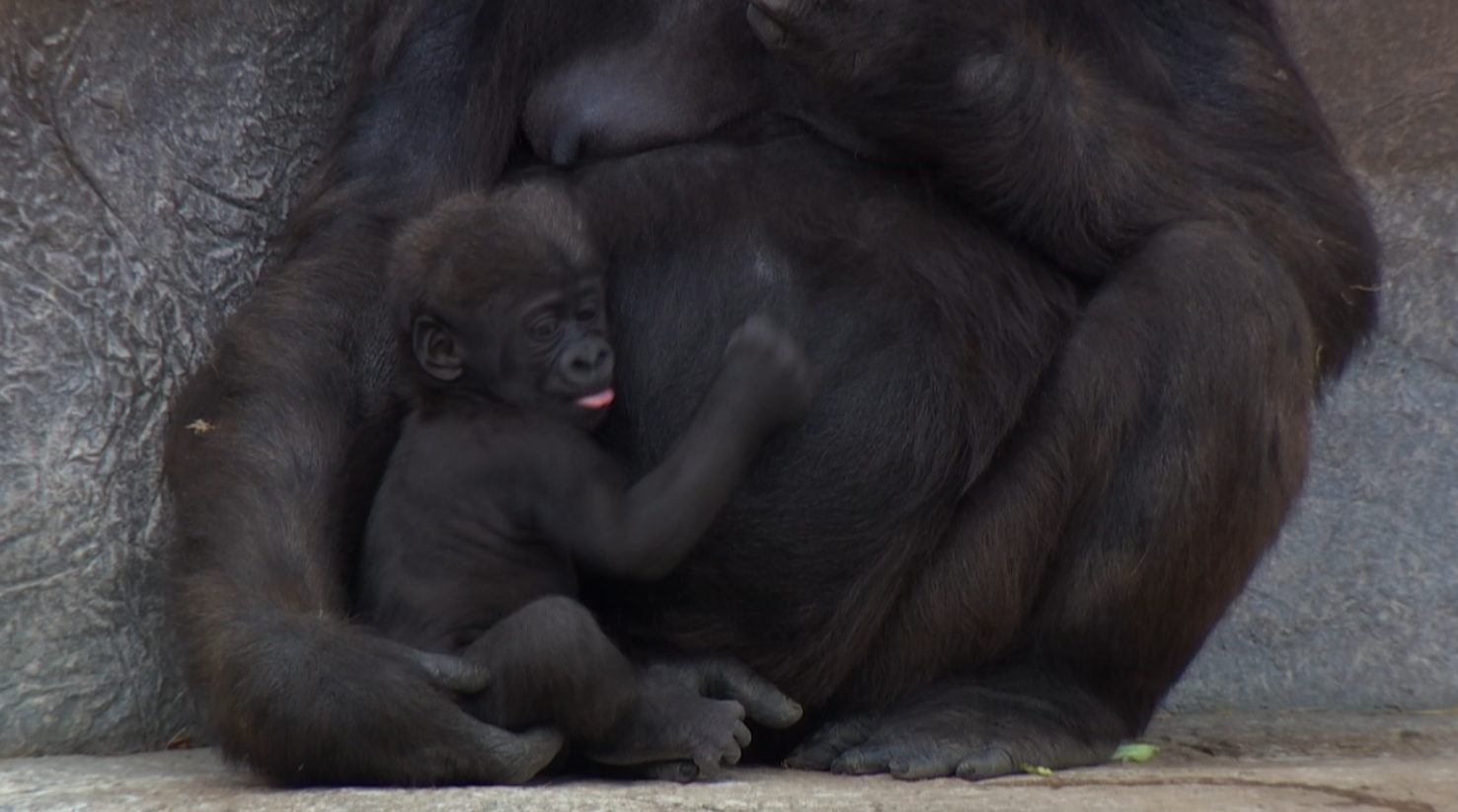There are approximately 350 different animal species at the Dallas Zoo – from anteater to zebra, and just about every letter in between.
As Senior Director of Animal Services it is Doctor Chris Bonar’s job to oversee the care of all of them.
“It is a lot [of work] but it is endlessly fascinating,” Bonar said.
On one recent morning, Dr. Bonar’s duties included tending to the leg of a cold-blooded giant and administering vaccines to a cuddly lion cub that is destined to warm the hearts of Dallas when she makes her public debut.
“We’ve been making sure that she’s nursing well with her mom, gaining weight appropriately all before revealing her to the public,” Bonar said about Bahati, a seven-week-old lion cub who is still being kept behind the scenes. “She’s been doing great so far.”
Zoo staff called Bahati Moja, her full name, a “miracle” when her birth was publicly announced several weeks ago.
Bonar delivered Bahati, the first lion cub born at Dallas Zoo in 40 years, via c-section on St. Patrick’s Day. Bahati Moja means ‘lucky one’ in Swahili. The cub's mother, Lina, had previously lost two cubs to stillbirth. Lina’s narrow hips required the c-section delivery, according to Bonar.
Local
The latest news from around North Texas.
Born at two pounds, eight ounces, Bahati has quickly grown to nine pounds, six ounces in her short life. A few moments spent observing the medical staff attempt to hold her still for a vaccine shot makes it clear that Bahati will only be adorable for so much longer.
“She’s going to be too big and too strong to handle pretty soon,” Bonar said with a smile. “She’s getting more and more challenging all the time because she’s growing very rapidly. She’s turning into a large carnivore.”
A large herbivore was Bonar’s next patient – a 260 pound Galapagos tortoise named “12”.
“He was dragging his back leg,” said Shanna Fredlake, a reptile keeper at Dallas Zoo, when asked what signaled trouble for 12. “He literally was making almost like tire tracks. We could see he was dragging his whole body.”
Transporting 12 into the zoo clinic was not an easy task — it required the assistance of a large, rolling cart and as many as six zoo staffers.
“Most of these guys are not easy to move if they don’t want to move,” Fredlake said about 12, who will likely grow to 600 pounds one day.
Once staffers hoisted 12 onto a stack of buckets, which acted as a support for the 30-year-old tortoise’s massive frame, Bonar began the process of attempting to capture a clean x-ray of the reptile’s right rear leg. Even a slow moving creature can wiggle its appendages quickly when it needs to.
A series of x-rays revealed what Bonar and other staffers expected: 12 had not broken any bones.
“The cause of this tortoise’s lameness is probably a mild soft tissue injury, a strain or a sprain,” Bonar said while reviewing the x-ray.
From there, Bonar was off to attend to any number of the other approximately 3,000 species under his care at the zoo.
“I can’t think of a more stimulating profession,” Bonar said.



